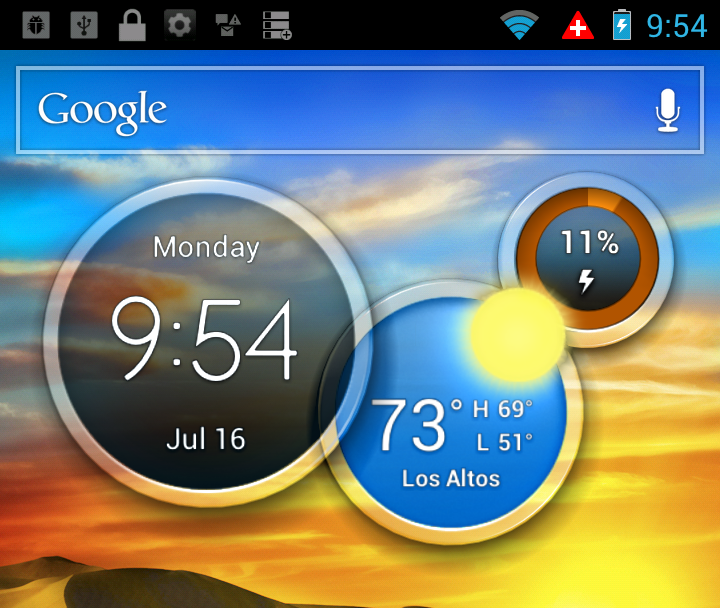- Subscribe to RSS Feed
- Mark as New
- Mark as Read
- Bookmark
- Subscribe
- Email to a Friend
- Printer Friendly Page
- Report Inappropriate Content
Loving the Sticky Point-of-Sale Differentiator.
Some
people say it’s old hat, but in case you didn’t hear it yet, last year
was the crossover point for mobile devices versus PCs. In the last
quarter of 2011, the number of smartphones and tablets sold exceeded
the number of PCs sold. Smartphones are now replacing PCs, not supplementing them.
The
key to the trend is the continually-improving software/hardware that
powers smartphones. Motorola Mobility just announced the ATRIX HD
(available from AT&T for $99, with contract). The ATRIX HD has
an 8 MP camera as well as a smaller front facing camera. It has a
Gorilla Glass HD720-sized screen and a Kevlar back case. It has
4G data connectivity, which is up to 5 times faster than WiFi. It
brings 1 GB of RAM to a two core ARM CPU running at 1.5 GHz (the
Qualcomm Snapdragon). And all this in an ultra thin case.
For $99.
That’s
more capable hardware than some older laptops have. How do you
showcase these capabilities to non-technical shoppers at the Point Of
Sale? You need something breathtaking and different,
but which is also easy to find, run, and understand. This
was the challenge taken on recently by Motorola Mobility’s homescreen
team - come up with something that shows a clear difference with other
phones and makes the product stick in shoppers’ minds. In short,
design and build a sticky Point-of-Sale differentiator!
The
homescreen team was well placed to take on this mission, as they own
the first screen that you see on unlocking the phone. They
could write a demo app, but you really want something that’s immediately
visible, and that suggests a widget is needed. The Android
documentation tells us that “App
Widgets are miniature application views that can be embedded in other
applications (such as the Home screen) and receive periodic updates.”
Common examples are a clock, a widget giving local
weather, a music player showing title info and pause/play controls.

Figure 1: the new circle widgets
The
homescreen team wanted to “swing for the fences” with their widget, and
you can see the results in Figure 1. Our first
“naturally shaped” (non-rectangular) widget, the circle widget uses Open
GL, fed from a scene engine above it. Each circle widget has rich
effects like animation, transparency, and rotation, and uses hardware
acceleration. Out of the box, the three circle widgets show
date/time, weather, and battery level (perilously run down to 11% here,
but being charged). The circles can be rotated, tilted,
flipped over and configured to show e.g. voice mails and notifications.
Our new products also have additional UI effects that
aren’t in the basic Android framework, and I hope to blog about those at
a later date.
The
new widget is currently available only to apps from Motorola or preload
partners. But if there is enough interest from third party developers,
the API could be considered for publication at some point in the future.
It was a big effort to implement this level of functionality, involving
2 dedicated developers over several months, a shader expert and an
Autodesk Maya consultant, plus testing and support staff. The team tried
to get the majority of the work done in the design tools, rather than
the software development. I think they succeeded very well. And
that’s what it takes to create a great big sticky Point-of-Sale differentiator.
You
don’t have to make this level of investment in software. Simpler
widgets are simpler to get working. What widgets have you created
for your apps?
Peter van der Linden
Android
Technology Evangelist











